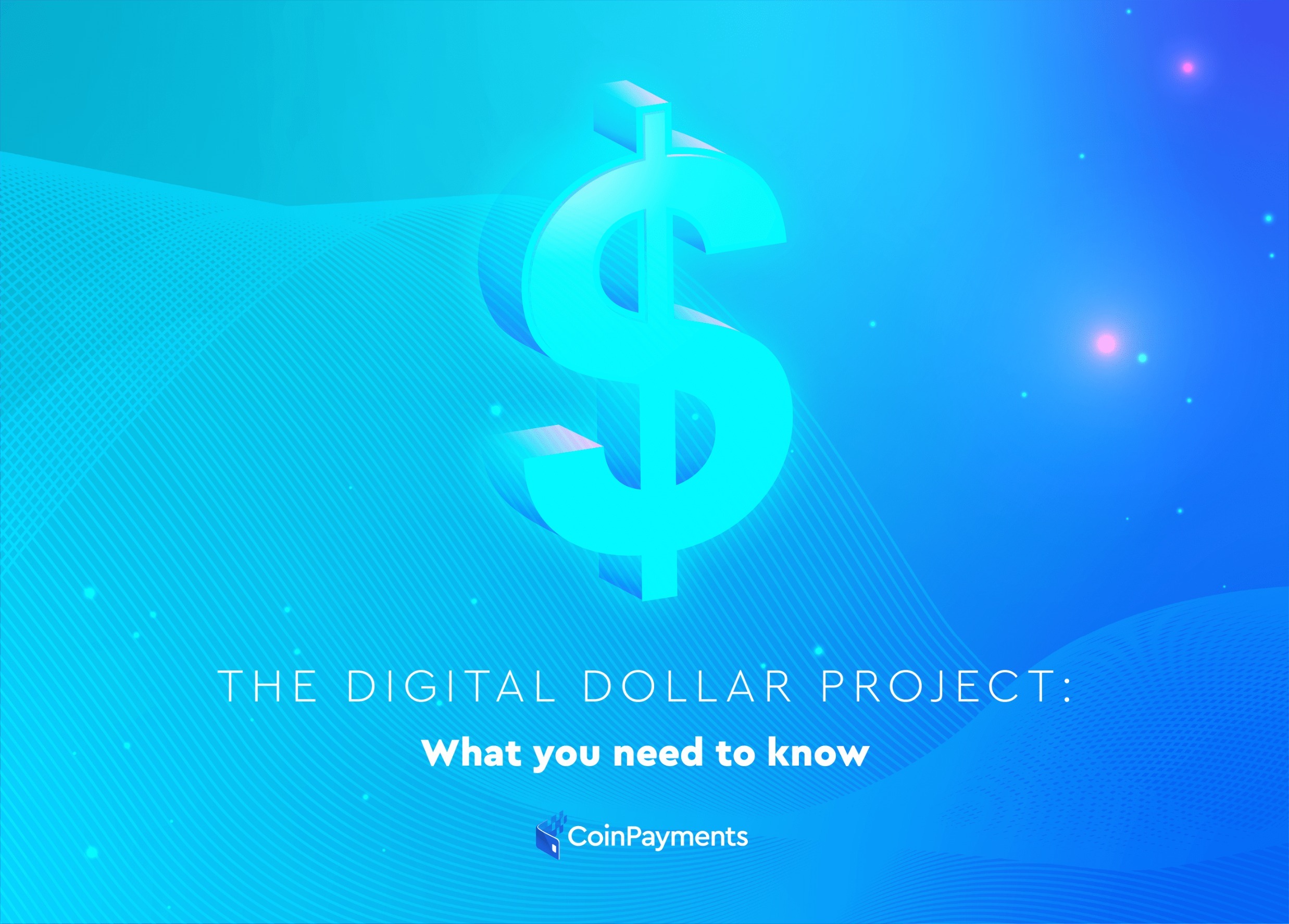
A new global race is now well underway, as governments around the world work towards issuing digital counterparts to their fiat currencies, suitable for the digital age.
Central bank digital currencies (CBDCs) are the latest development shaping the future of monetary policy, as the utilities and capabilities of blockchain technology appear more practical in a data-driven world.
The first nationwide CBDC was issued in the Bahamas late last year: the sand dollar is a digital version of the Bahamanian dollar, the first virtual currency of its kind. However, the Bahamas is by no means a pioneer of the concept. The People’s Bank of China has been exploring the advancement of its own digital currency for almost a decade and is expected to launch its digital yuan in the next two years. The European Central Bank has also been investigating potential avenues for the distribution of a digital euro, noting recently “the great interest of Europe’s citizens and firms in shaping the vision of a digital euro.”
The United States is expected to make progress in its own endeavor soon. With the U.S. dollar serving as the world’s reserve currency, the global community is eagerly awaiting the release of a digital version of the dollar. We’re here to dive deep into the initiative that is leading the exploration efforts of the U.S. central bank and break down what a digital dollar may mean for the future of the global financial system.
The Digital Dollar Project: “Leading the Discussion on a U.S. Central Bank Digital Currency”
The Digital Dollar Foundation (DDF) was founded as a not-for-profit organization with the goal of exploring the practicalities of a digital dollar. By collaborating with Accenture, a Fortune 500 company that has newly earned the title of “the world’s most admired Information Technology Services company,” the DDF has launched the Digital Dollar Project in the hopes of ultimately preparing the framework for a U.S. CBDC.
Leading the initiative is a group of renowned industry experts, including former Commodity Futures Trading Commission (CFTC) chairman J. Christopher Giancarlo, CEO of Pure Storage Charles H. Giancarlo, and Daniel Gorfine, who previously served as the CFTC’s first Chief Innovation Officer.
Last May, the Digital Dollar Project released its whitepaper, detailing the potential role of a digital dollar in stimulating both local and global economies and retaining the USD’s role as the world’s reserve currency, featuring use cases and acknowledgments for future research.
“The creation of a digital dollar provides an infrastructure that could facilitate global trade, catalyze private sector innovation, unlock new markets, and equip our financial system for the digital world,” the whitepaper stated. Moreover, it emphasized the superiority of a CBDC’s functionalities over current central bank reserves and paper currency, highlighting portability and programmability as major benefits.
“It could offer broader access to US dollars, reduced operational complexities, improved cost efficiencies, greater market transparency, reduced counterparty risk, and increased trade liquidity,” the whitepaper continued. “The features of cash in a digital format would enable commerce to happen at a greater velocity and allow money to flow more efficiently through the domestic and global economies.”
Digital Currencies in Focus for the Biden-Harris Administration
The advisory group enlisted to help guide the project’s direction also features prominent names in the financial services industry, including Georgetown Law professor Chris Brummer, who was nominated by former President Barack Obama twice to serve as the CFTC commissioner. Earlier in the fall, Brummer was tapped to join Biden’s transition team.
Last year, when news broke that former vice president Joe Biden would become the 46th president of the United States, we looked into what his picks for the financial policy transition team could tell us about the direction he may be taking with his future administration. In particular, the team-lead, Gary Gensler, was an interesting choice as he has extensive knowledge of cryptocurrencies and blockchain technology.
Recently, it was reported that Gary Gensler is the likely choice to assume the role of the Securities and Exchange Commission (SEC) chair, the government agency with regulatory authority over digital assets that act as securities. With crypto-affluents assuming central roles in the Biden administration, a blockchain-based financial system doesn’t seem so far off.
Still, there is much to address before the rollout of a U.S. CBDC. The recent news of New Zealand’s central bank data system being compromised after a hacking attack has highlighted the need to prioritize cybersecurity above all in the transition to digital. Moreover, as a government-distributed currency, the digital dollar must make considerations to mitigate the risk of money laundering and any nefarious activity.
When To Expect a Digital Dollar
While the subject of CBDCs is progressively garnering more attention, we still have a long way to go before we can expect to transact with a digital dollar. The current chairman of the U.S. Federal Reserve, Jerome Powell, weighed in on the timeline for the release of a digital dollar, stating that it will take years before coming to fruition, as this is a race that the U.S. does not need to win.
“We don’t feel an urge or need to be first,” he said. “Effectively, we already have a first-mover advantage because [the U.S. dollar is] the reserve currency.”
While it may take some time to achieve, it is exciting to see governments globally acknowledging the functionalities of blockchain-enabled currencies. We now know with certainty that the future of the monetary system will be informed by the developments of blockchain technology, and we’re ready to welcome this new age of finance.



